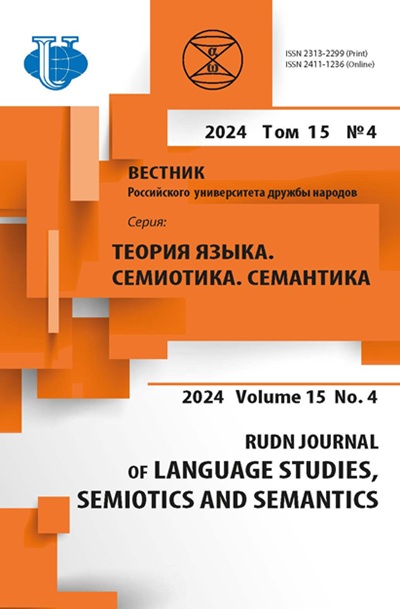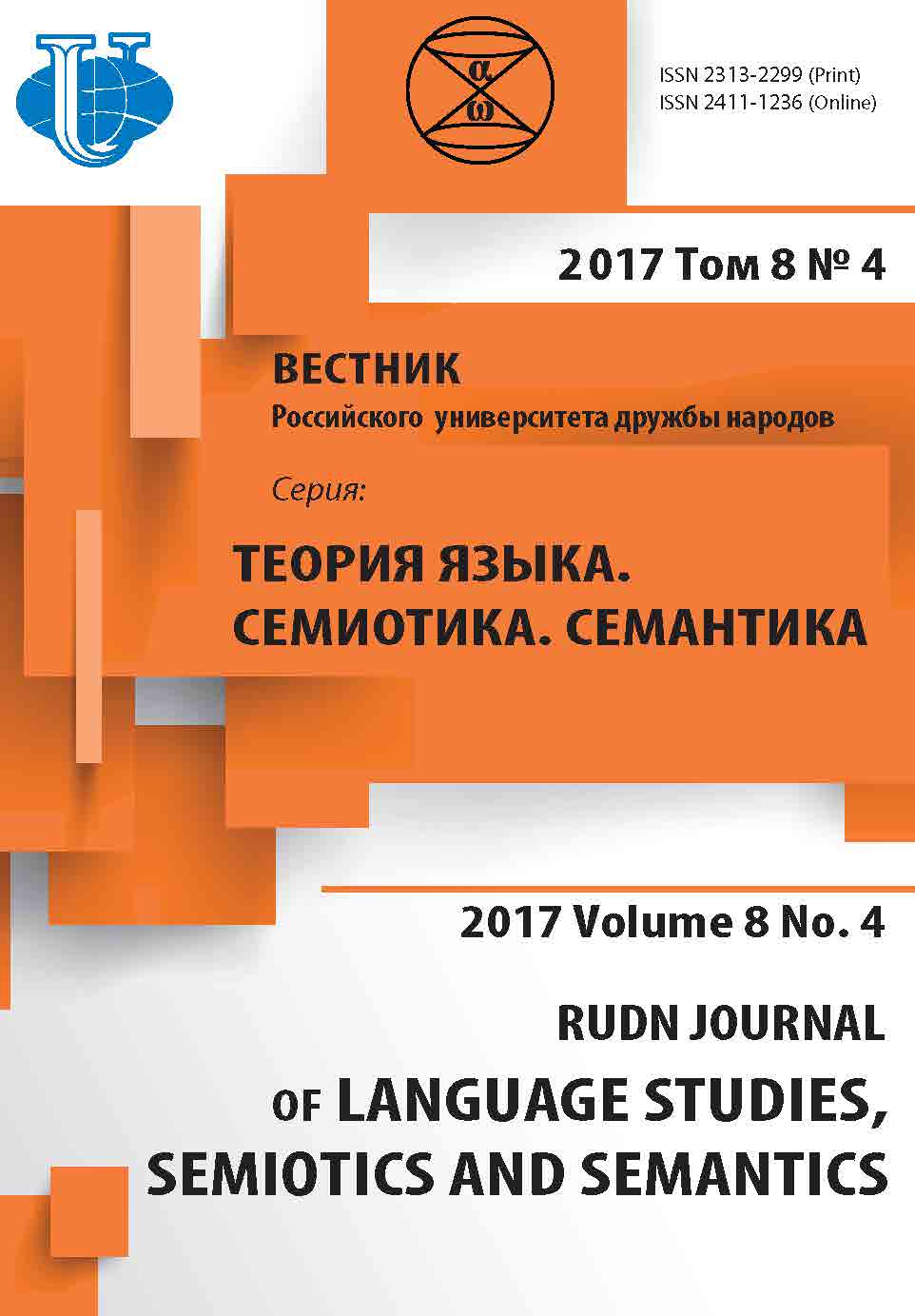Abstract
The proposed article presents a linguistic description of the phenomenon of antiparemia, which existence is usually ignored by researchers. At the present time, due to the development of the theory of the linguistic picture of the world, this linguistic problem becomes topical in a number of living languages of the world. The objectives of this research are: to identify the causes and mechanisms of the anti-paremia in different languages, to consider a general issue of the theory of development of antiparemia in the linguis-tic sphere, and to analyze the transformation of paremia or proverbs into antiparemia. The research material is based on the paremia and antiparemia in Russian, French and Malagasy languages. The subject of this study is the methods of transformation of the proverb. We have selected examples of proverbial sayings of the thematic group “multitude of people”, which, in our opinion, is universal in different languages. Our analysis offers theoretical and practical material for linguistic scientists, teachers, culturologists, students studying this phenomenon. Language material is collected by a massive selection of dictionaries, texts of artistic and journalistic literature. Based on the traditional social wisdom, the proverbs fix the stages of the develop-ment of the national cultural world outlook from early times, which spirit the modern generation is trying to preserve. Nevertheless, the world view changes depending on the spiritual life of the generation, causing the apparition of the phenomenon of antiparemia or antiproverbs, which existence has different mains and functions. This is a common topic and our research offers a description of the reasons for these changes.













